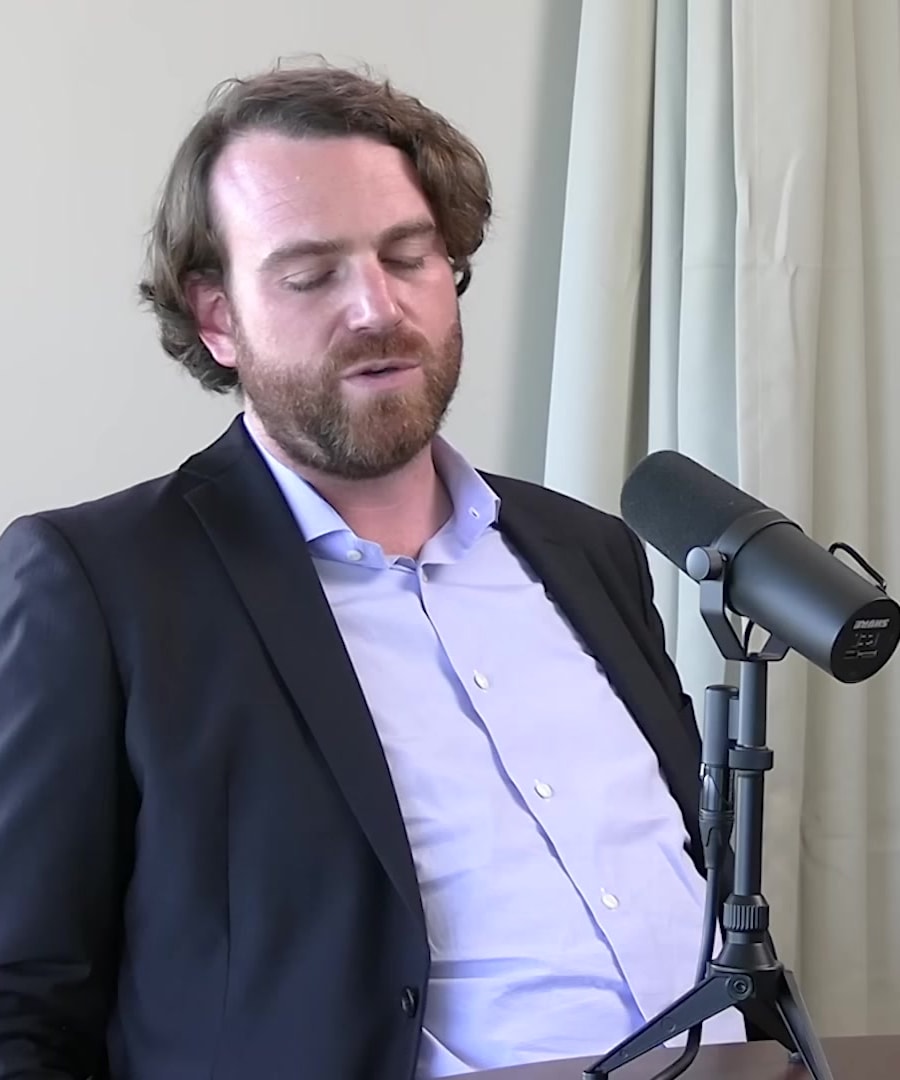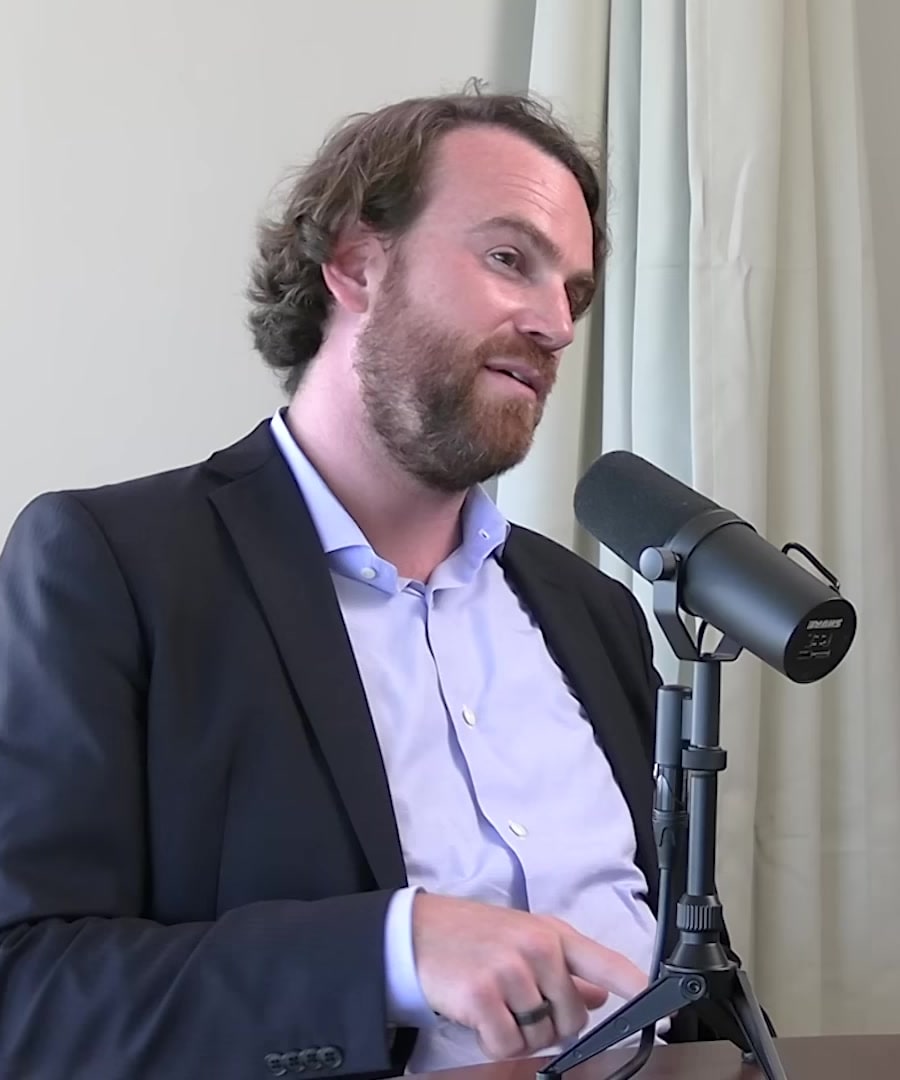What is Space Learning Theory?
Sources:
Space Learning Theory, also known as "spaced learning," is a concept in educational psychology and neuroscience that emphasizes the effectiveness of learning when content is revisited at intervals over time, rather than being crammed in a short period. This approach leverages the way the brain encodes and consolidates memories.
Dr. Nolan Williams discussed how Space Learning Theory can be applied to transcranial magnetic stimulation (TMS) treatments for mental health conditions. He explained that revisiting stimulation with breaks, similar to intervals used in spaced learning, can enhance treatment efficacy. By spacing out the stimulations, akin to the intervals recommended in spaced learning—about every hour to hour and a half—the outcome can be significantly improved. This approach was found to be superior to the traditional method of single daily sessions over weeks, and they were able to compress what was typically a six-week course of treatment into just five days by using intensive hourly sessions, based on the principles of Space Learning Theory 1 2.
RELATED QUESTIONS

